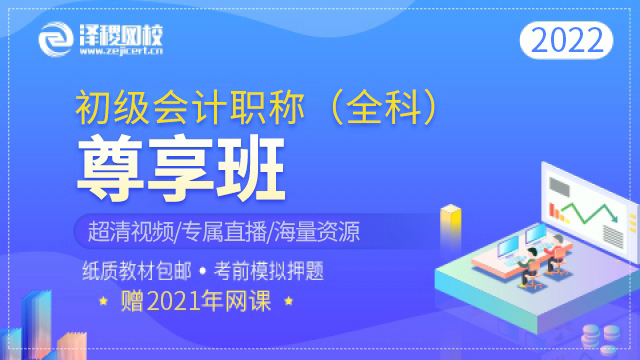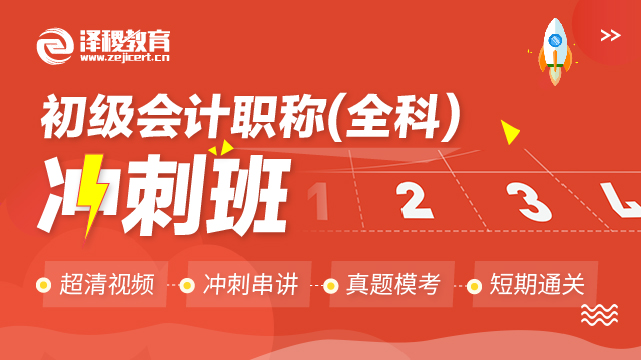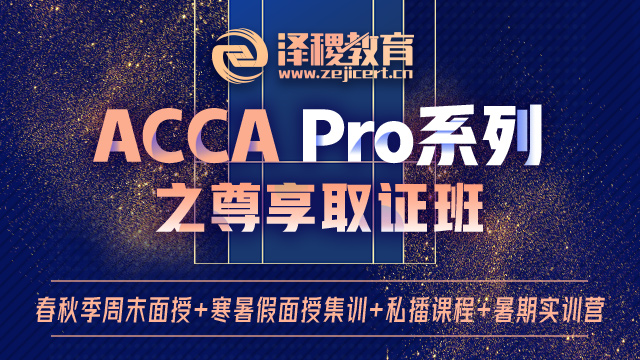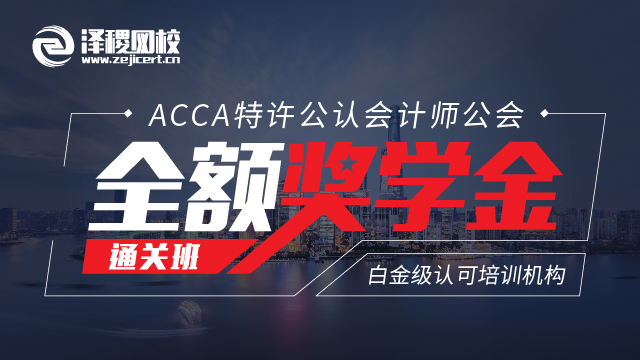ACCA P3
Candidates are reminded there are only a few marks available for theoretical answers, the bulk of the marks are for interpretation of the information provided, said the P3 examiner.
Q1: Acquisition of a company (this has been a theme of many P3 questions). Many candidates used the SAF framework in their answers, which the examiner said was perfectly acceptable. Among the models discussed ware Balogun and Hope Hailey’s contextual model, the culture web and Mintzberg’s organisational configurations.
Q2: Investment appraisal was tested here. A cost-benefit analysis was needed. The second part of the question covered project planning.
Q3: Organisational change and the analysis and redesign of processes.
Q4: Environment threats using a SWOT analysis. The second part looked at corporate charitable donations – ethics and corporate governance.
ACCA P4
Candidates are spending too much time carrying out relatively simple calculation tasks, says the P4 examiner. There also appears to be evidence, even at this late stage of many PQs inability to perform arithmetic calculations.
Q1: Distinguish between unbundling through a sell-off and through a management buy-in. A report to the board about the valuation of the unbundling through a sell-off using the P/E ratio multiplier and an acquisition using free cashflows, where a cost of capital had to be estimated initially. Candidates also had to discuss asset disposal by a target firm and explain three takeover regulatory conditions.
Q2: determine the net present value of a project with a discussion of concerns. Candidates then had to formulate a maximisation function based on funding limits in four years. A re-formulation was then required.
Q3: Derivative instruments, a content of guidelines on the management of risk, and setting up a treasury department.
Q4: Securitisation and Sukuk and Mudaraba contracts as alternative means of financing an investment.
P5
Candidates who come to this exam expecting to repeat memorised material will probably score only between 20% and 30%, stressed the examiner.
Q1: Candidates were required to evaluate the accuracy of an EVA calculation and the assumptions made, advising on the results. They were then asked to explain the weaknesses in KPIs relating to the organisations CSFs and suggest alternative KPIs. Three improvement projects needed to be explained and an assessment of the impact of a proposal was asked for.
Q2: International transfer pricing within a manufacturing company. Candidates were required to evaluate the change in profit after tax and how current proposals would affect performance management.
Q3: Application and usefulness of the balanced scorecard within a service industry, with consideration of the problems in assessing and interpreting performance measures. Capacity levels and overcrowding also came up.
Q4: Porter’s 5 Forces assessment and evaluation of a new IT system. Candidates needed to look at the benefits and organisations strategy changes.
P7
Some students are failing this paper because they are writing too little for the marks available, says the examiner of P7. Candidates are failing to develop points beyond the simple identification of facts given in the question.
Q1: Set at the planning stage of the audit/assurance cycle this question covered risks, audit procedures and the other information required.
Q2: Candidates needed to identify indicators to going concern issues and state procedures for the audit. The second part of this exam in the UK was set around alternatives to insolvency of a company in financial distress.
Q3: matters arising and evidence expects on three financial reporting issues. Candidates were faced with a sale of assets, redundancies due to a move, a share purchase and segmental reporting.
Q4: Ethics and practice management. The first part of the question looked at advertising and the second at overdue fees with an intimation threat.
Q5: Audit reporting and corporate governance issues.
温馨提示:2016年新考季,泽稷网校ACCA名师为大家准备了2016 ACCA学习资料大礼包(内含ACCA历年真题、考官文章、考官报告、备考宝典等实用学习资料),关注微信公众号:ACCA考友论坛(ID:ACCA-CHN)即可领取:



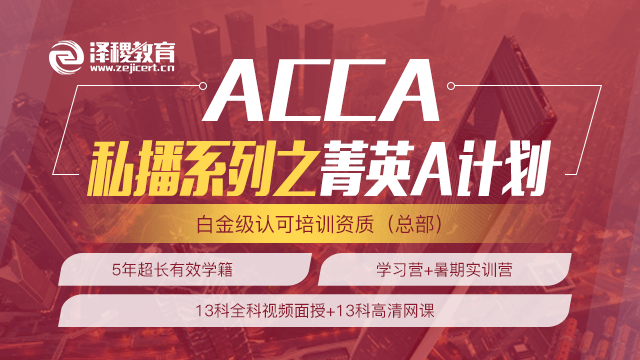

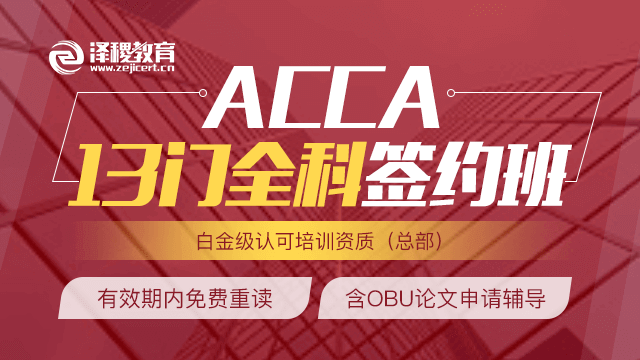
 白金级认可培训资质(总部)
白金级认可培训资质(总部)
 课程试听
课程试听
 职业规划
职业规划
 ACCA中文教材
ACCA中文教材
 考位预约
考位预约
 免费资料
免费资料
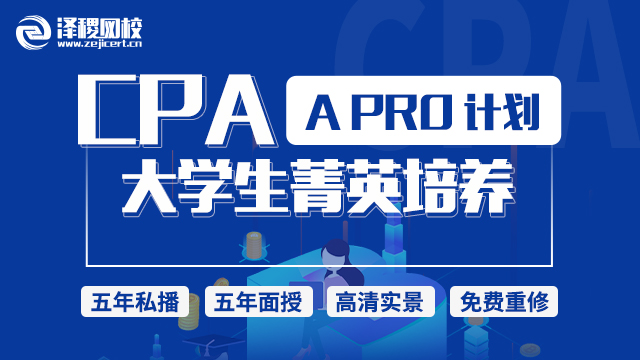
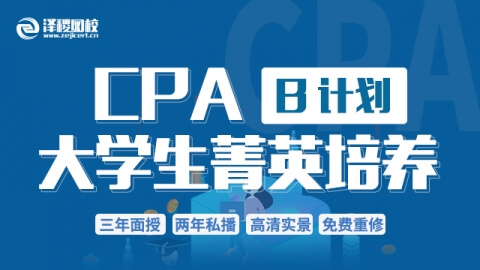
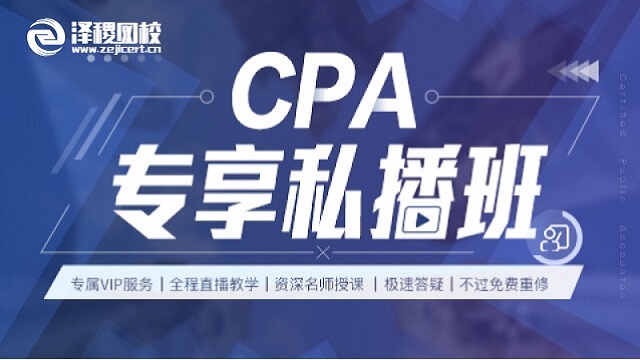
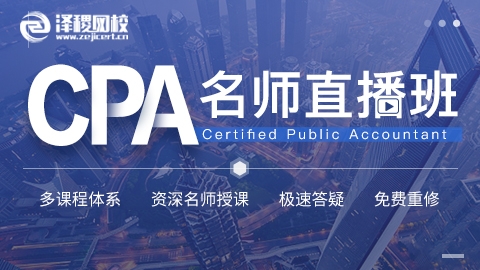
 题库下载
题库下载
 模拟机考
模拟机考

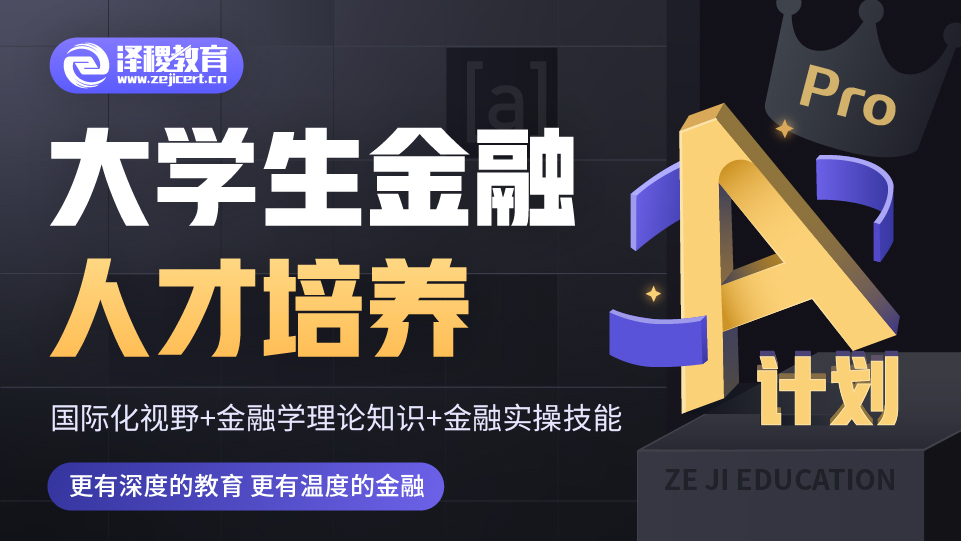
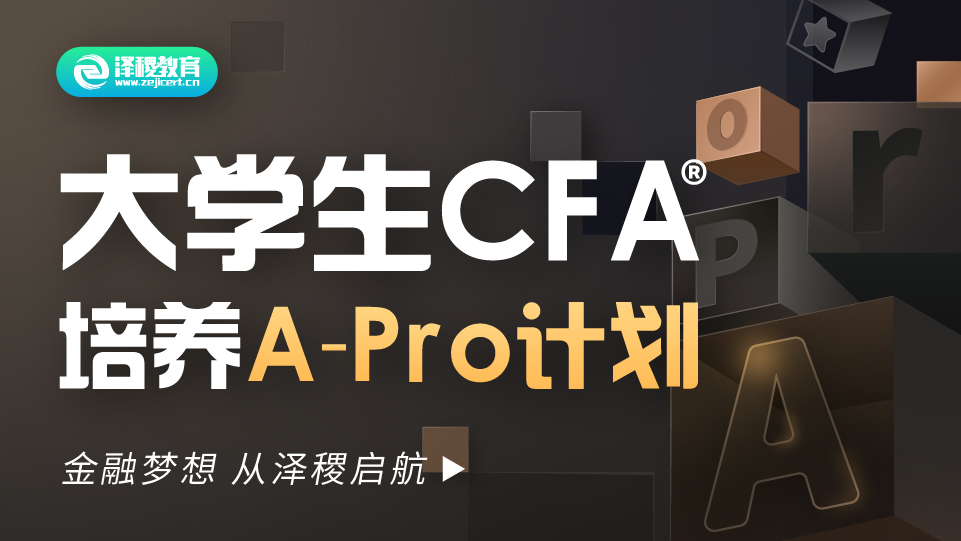
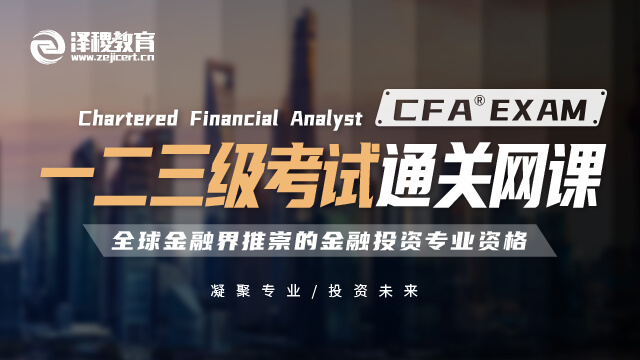
 CFA®成绩查询
CFA®成绩查询

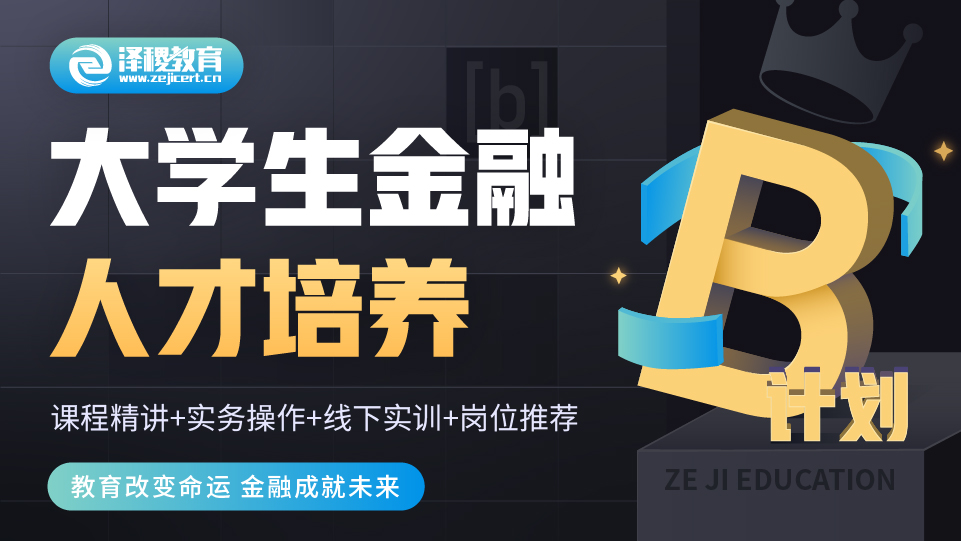

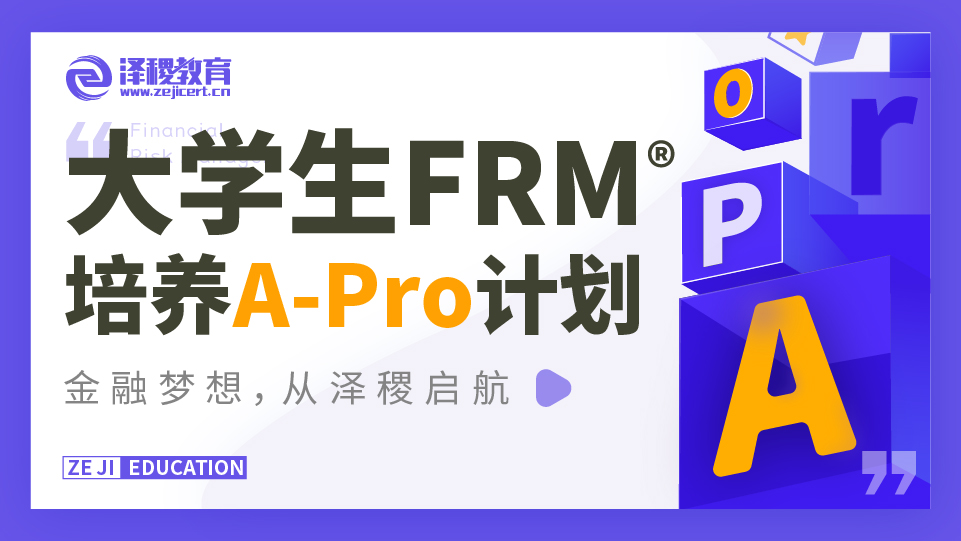
 GARP协会官方认可FRM®备考机构
GARP协会官方认可FRM®备考机构

